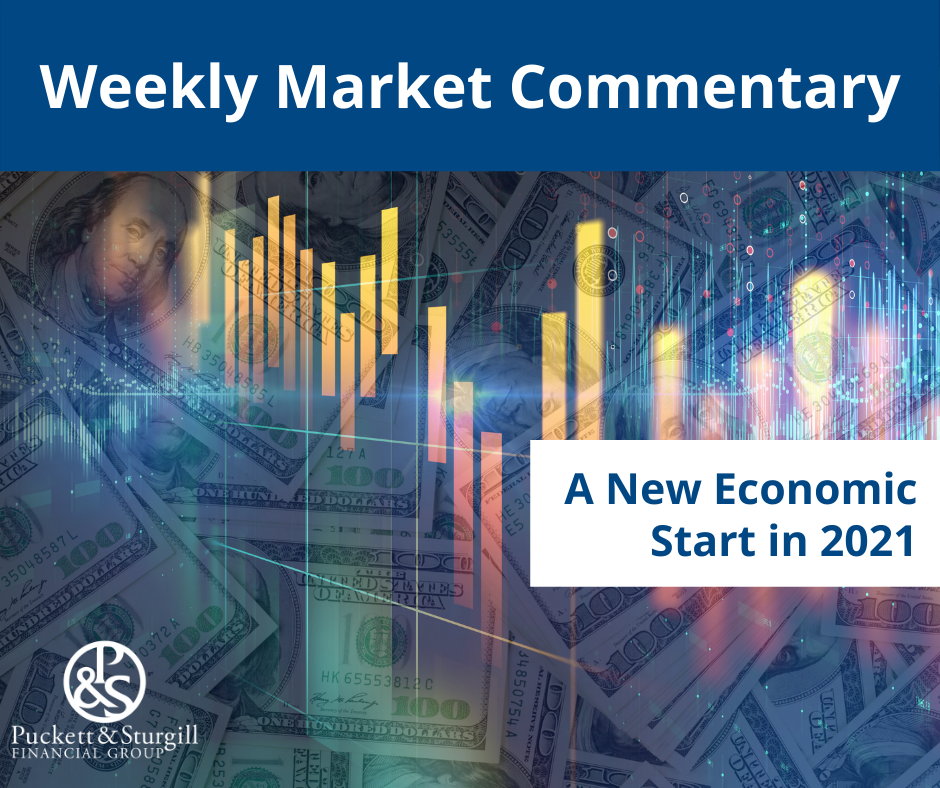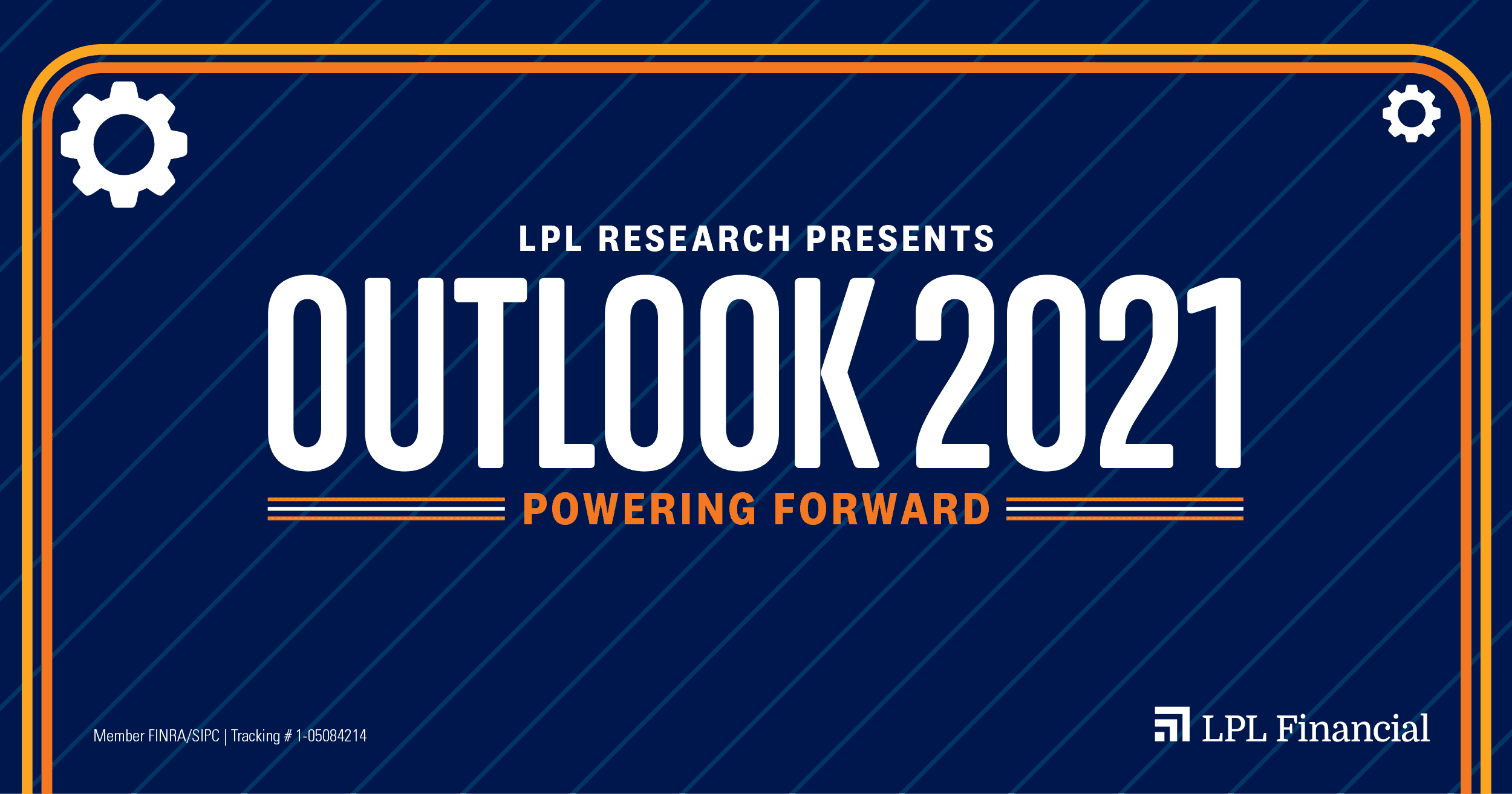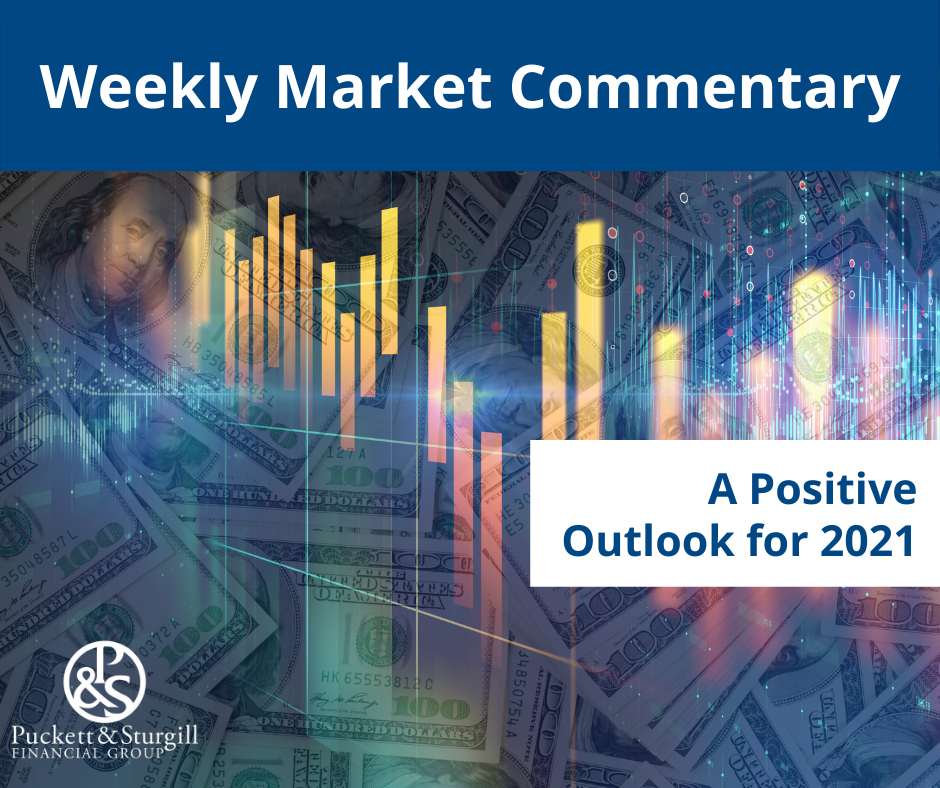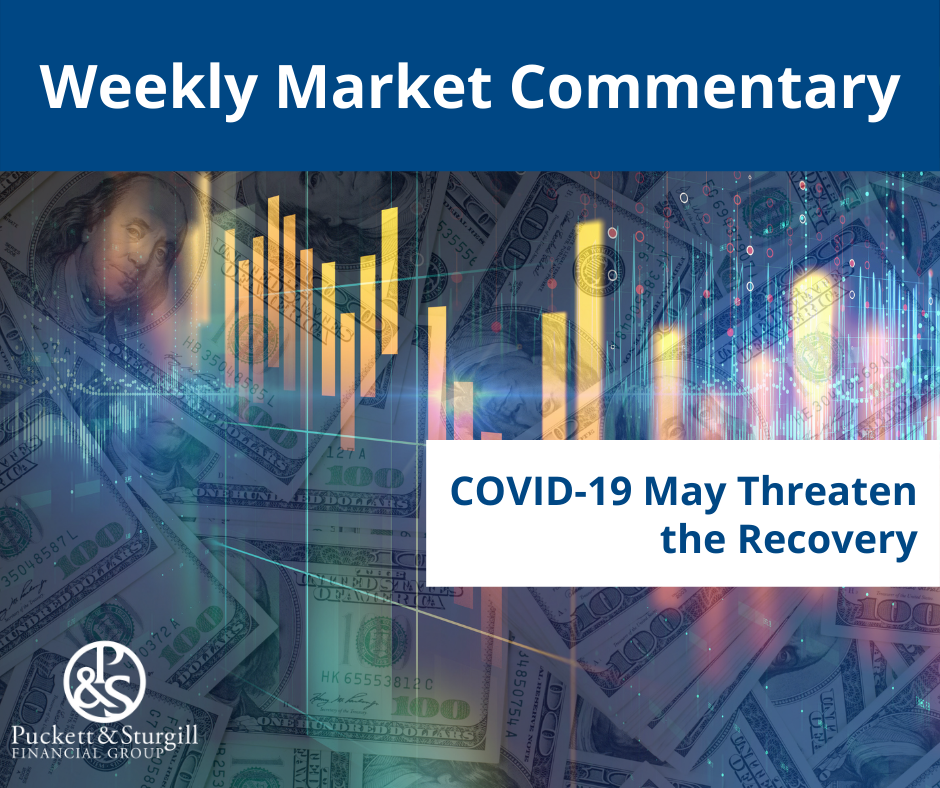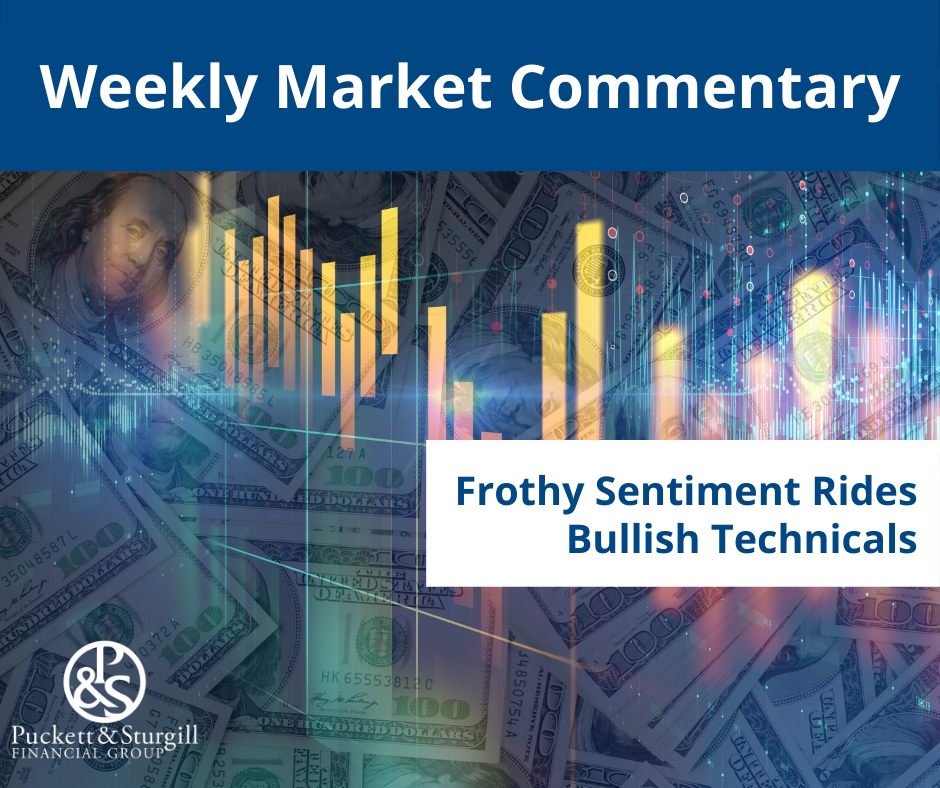
Getting a Jump on January Tax Season
From pandemic-related stimulus payments to job losses and furloughs, for many taxpayers, next spring’s tax season may be more complex than usual. With the end of 2020 rapidly approaching, you should take some time to review your tax situation and make any necessary changes that can help you avoid surprises on April 15, 2021. Below are some steps you can take now to get a jump on next year’s tax season. Check and Adjust Your Withholdings January can seem like a lifetime ago, and taxpayers who haven’t checked their withholdings since then could find themselves facing a potentially larger tax bill (or a smaller refund than expected) if their personal circumstances have changed in the interim. By comparing the amount you’ve had withheld so far this year with your expected tax liability, you can get a good idea of whether you need to increase or decrease your withholdings through the end of 2020. For those whose income and deductions haven’t much changed since 2019, a quick glance at your 1040 can give you a good idea of what you’ll owe for 2020. For others, online tax-forecasting tools can provide an educated guess at your approximate federal income tax liability. If you’re likely to owe money in 2021, making an estimated payment now can help you avoid underpayment penalties. Get Organized Even though you won’t receive your 2020 W-2s, 1099s, or other tax statements until early 2021, organizing the documents you do have can give you a head start for next year. Moreover, much of the information you’ll need to input in your tax forms can already be found in your final paystub of 2020 (like federal, state, and FICA withholdings),




